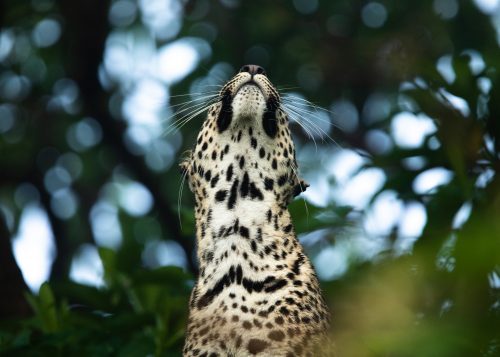
Every game drive is a mini-adventure, the chance to get out into the Reserve, fresh air filling your lungs and the sun gently kissing your face. Each bend in the road offers opportunity, the shade of every tree could conceal a precious reward. A chance to explore the wilderness and participate in the most rewarding of natural treasure hunts.
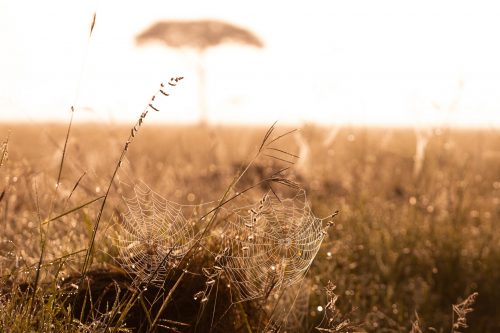
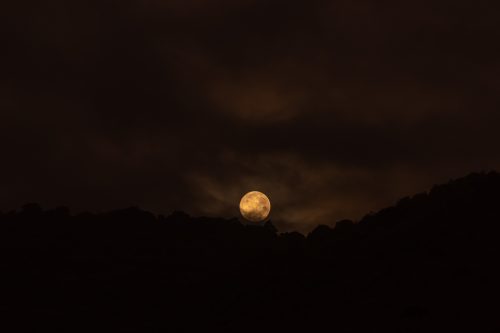
The days are getting drier and the rains have come and gone, falling later than usual. Looking back at images taken this time last year, you can clearly see the Mara River is now a fair bit lower than usual. The rapid and large fluctuations of this waterbody have been a topic of much discussion during this blog series, and we continue to watch with interest how this artery of the ecosystem continues to be so dynamic and resilient.
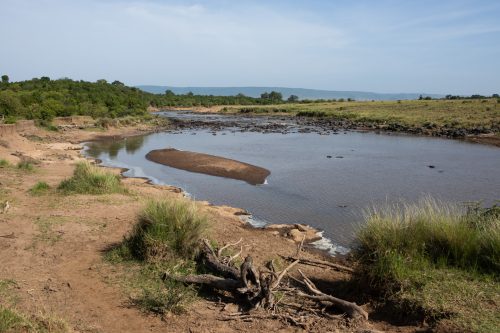
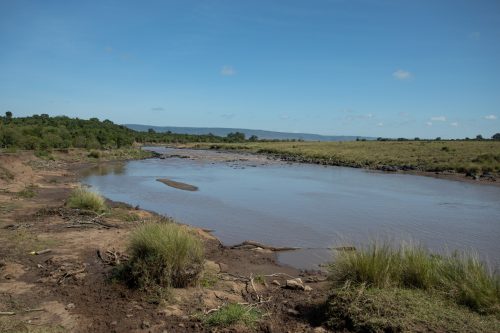

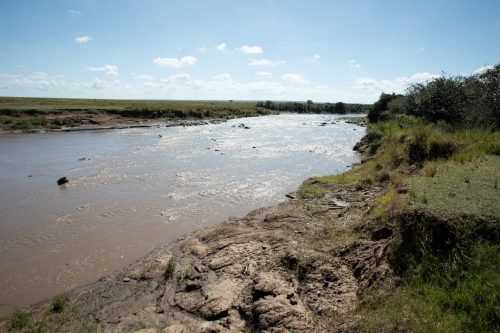
The grasses are turning more golden by the day. You can see the landscape transforming in front of your very eyes, and truly see the beauty and attraction of the Mara Triangle. The grasses are in superb condition and I have nothing but praise for the Mara Conservancy, which painstakingly protect and nurture this part of the Maasai Mara.
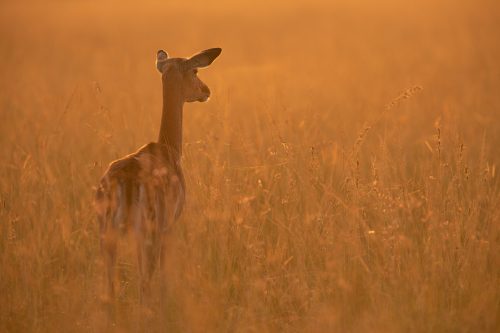
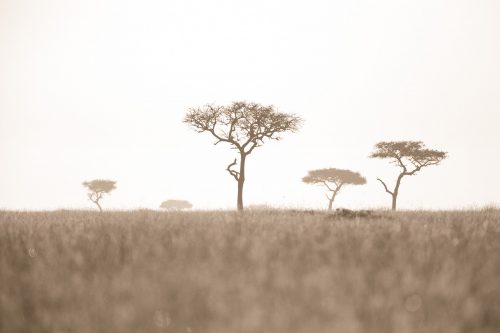
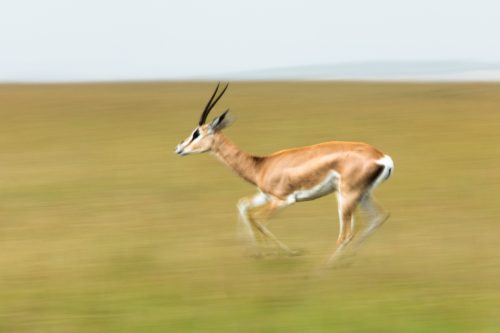
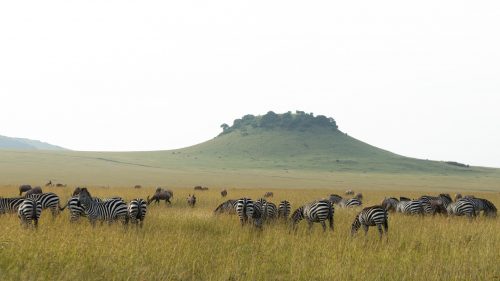
Contrary to what I would have expected given the long grasses, the leopard viewing over the last week has been sublime. We have averaged two leopards each day, amounting to seven different individuals. The leopard identification project now sees us surpass the 30-mark in terms of individual leopards photographed in the Mara Triangle. My favourite leopard sighting of the week was a young playful female who we found high up in the canopy of a tree. She chased birds and jumped from branch to branch. Going through the identification photos we have been able to identify her as a youngster coming from a region known as '50km'. This is a good five miles to the south of where she now seems to be hanging out. Is it possible that she has recently become independent and is searching to carve out her own piece of land in the vicinity?
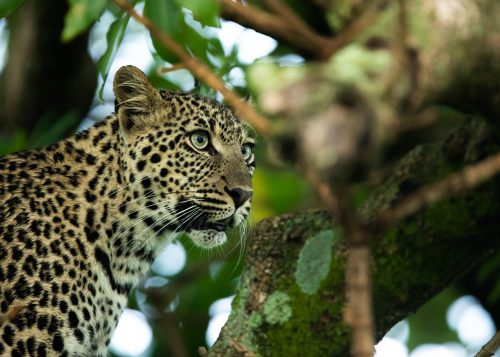
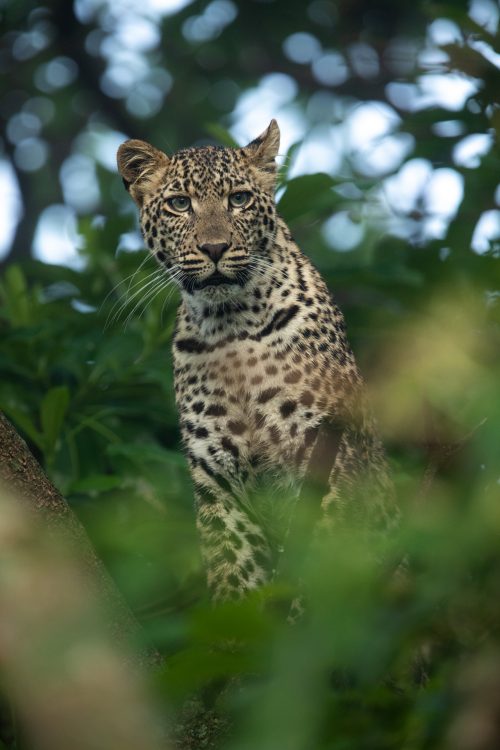
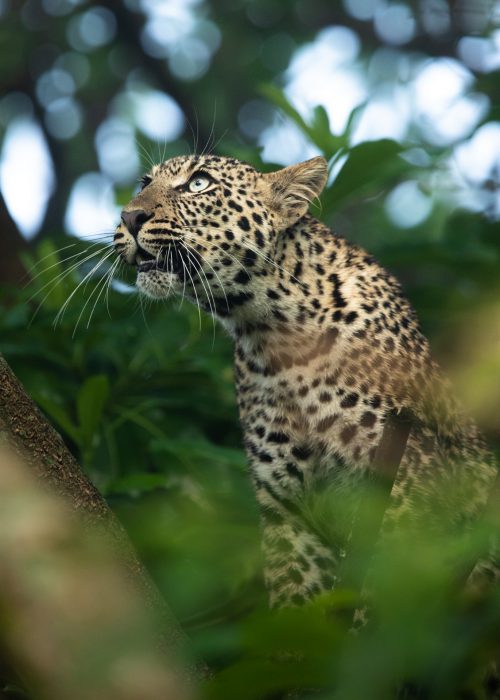
Possibly the oldest leopard in the Mara, the Shepherd Tree Male, continues to make cameo appearances far and wide. His recent movements have been significantly further north than in the past, presumably because we are seeing a much younger and stronger male further south. Age is catching up with this iconic male and having followed him for a few hours this week I can see his hunting strategy has largely resorted to pulling sleepy and unsuspecting mongooses from out of their little burrows.
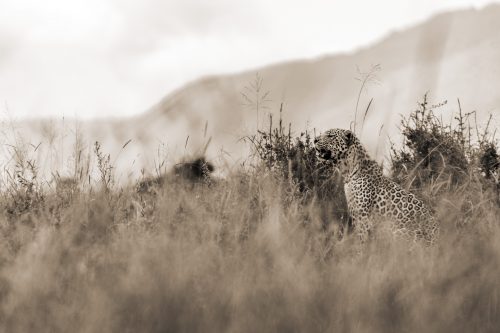
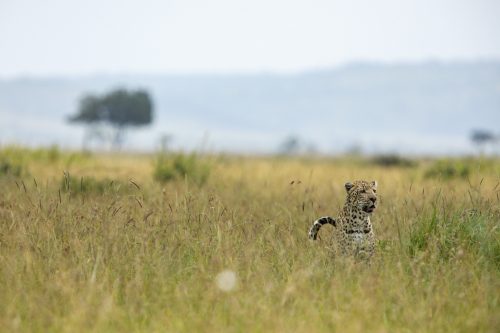
The roads are where all the action has been happening, from the biggest of elephant bulls to a delightful explosion of butterflies, delighting in nutrients gleaned off fresh elephant droppings. This sudden mass migration of brown-veined white butterflies is triggered by environmental cues. Seemingly out of nowhere they arrive, the air is alive with delicate white ‘fairies’. Elephant droppings provide crucial rehydration stopping points during their migration and their three-week-long life.
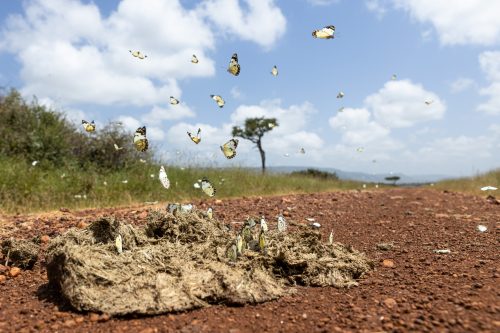
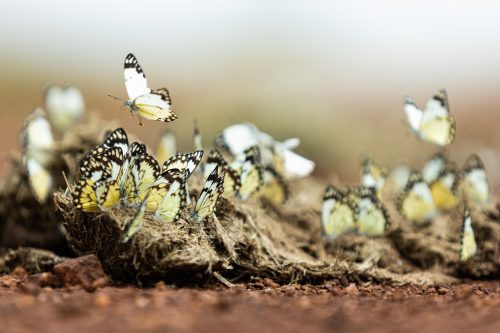
This week we also celebrate the discovery of new lion cubs in the Egyptian Pride. This much-loved pride are currently, in my opinion, the most stable of all in the area. The males are the notorious Inselberg Males and they see very little conflict within the heart of their territory. I am sure we will treasure future sightings of these three youngsters, together with their slightly older half-brother.
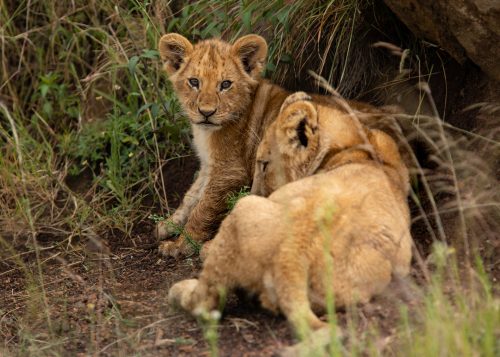
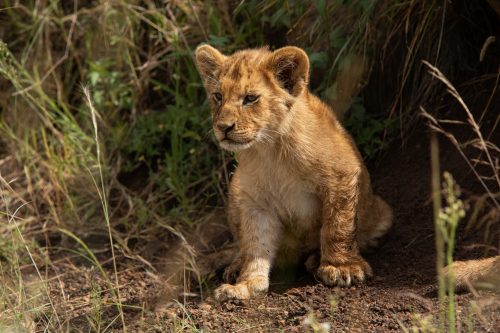
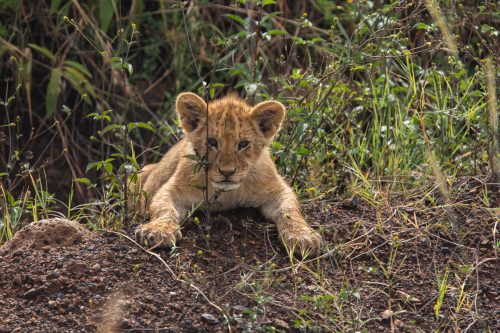
Down by the river, there is always something to look at and there is nothing better than to enjoy a delicious picnic breakfast down by the riverbanks. The gigantic crocodiles lie, nearly comatose in the sun, soaking in the rays. They are in the midst of a challenging few months when it comes to food and must still wait a good three months until the first arrivals of the Migration come calling by their waters.
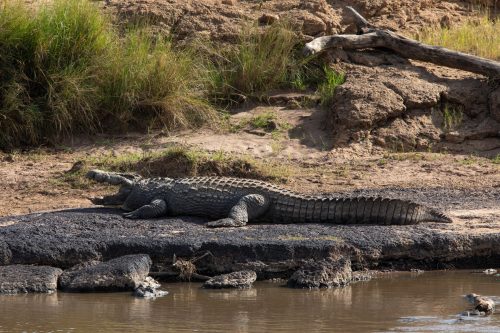
Photographically, there is always something to aim your lens at — finetuning skills, and experimenting.
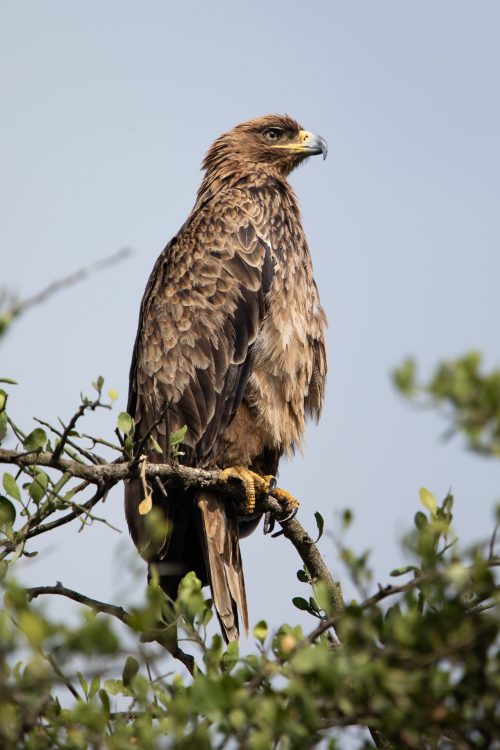
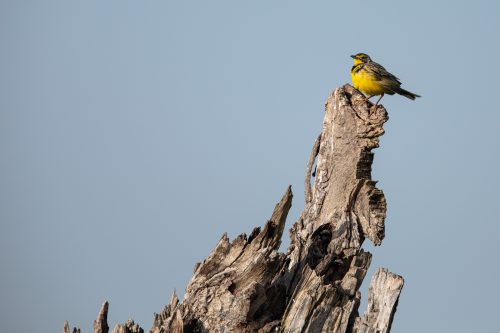
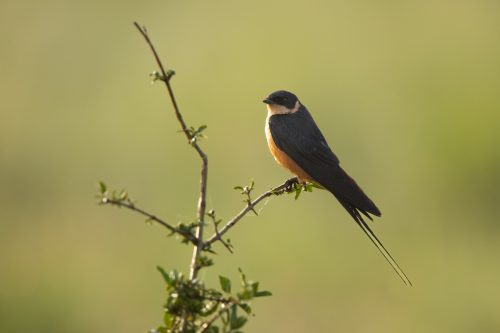
Finishing off with a cellphone snap by Nicky Fitzgerald. On a drive, she had the most remarkable sighting of a 12-foot long African rock python being harassed by a flock of yellow-billed storks, sacred ibises and grey herons.
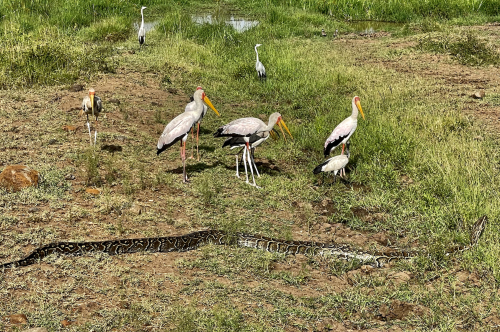
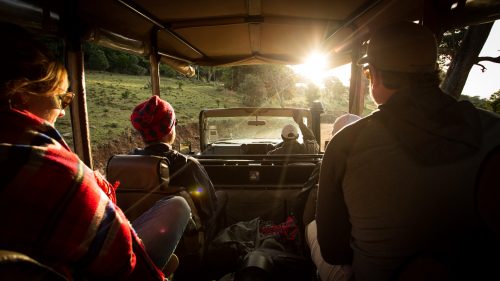
This week a year ago, we wrote about how our position within the food pyramid is challenged as we realise that out here, in the sea of golden grass, we are outsiders. The moment that a lion stares you directly in the eyes and pierces your soul — this is nature at its most raw and untamed. It is addictive.
Filed under: This Week at Angama
Subscribe for Weekly Stories
Comments (0):
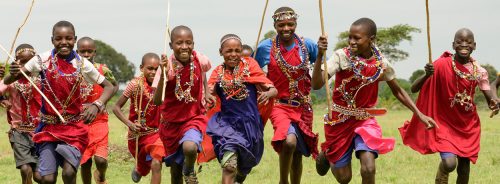
The Angama Foundation